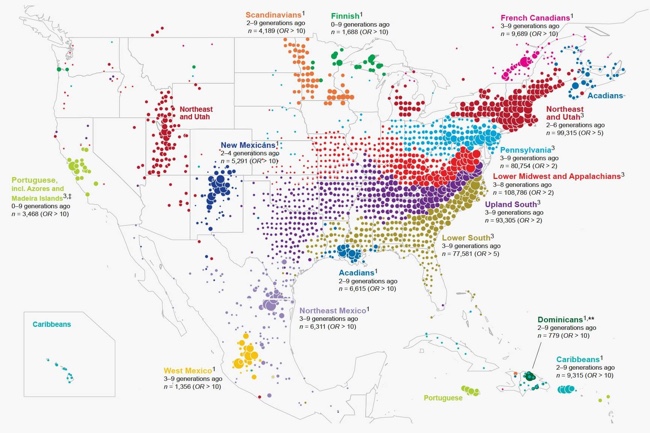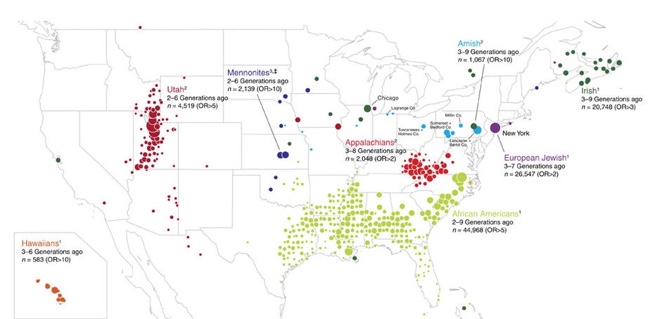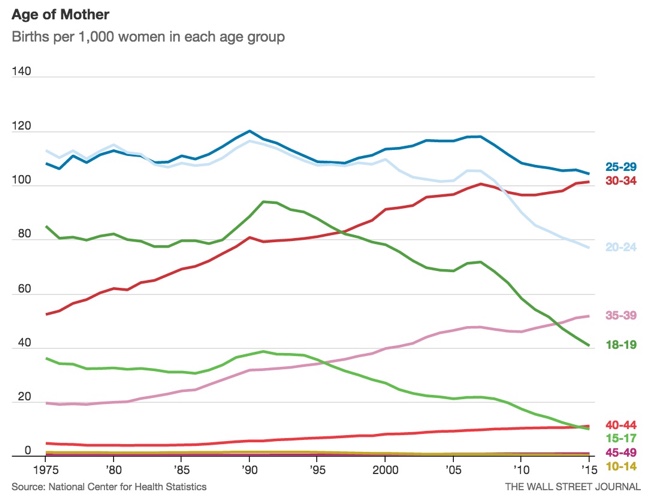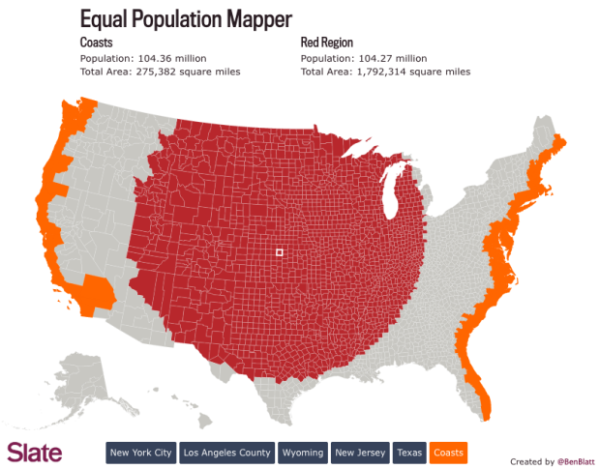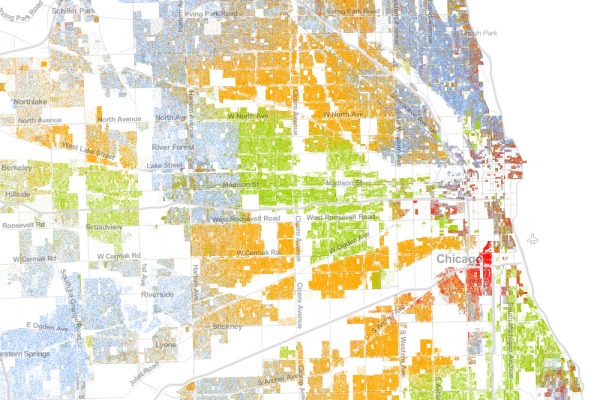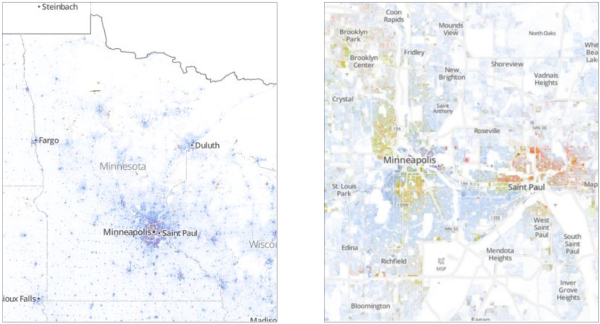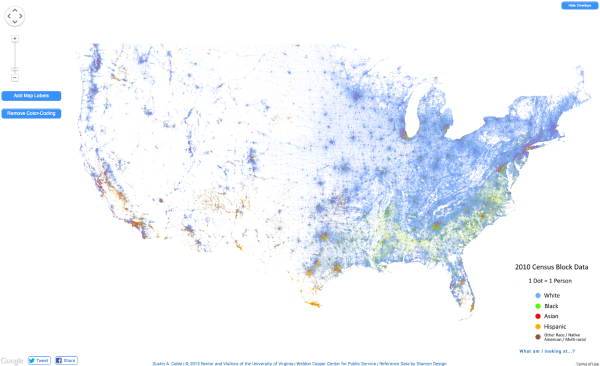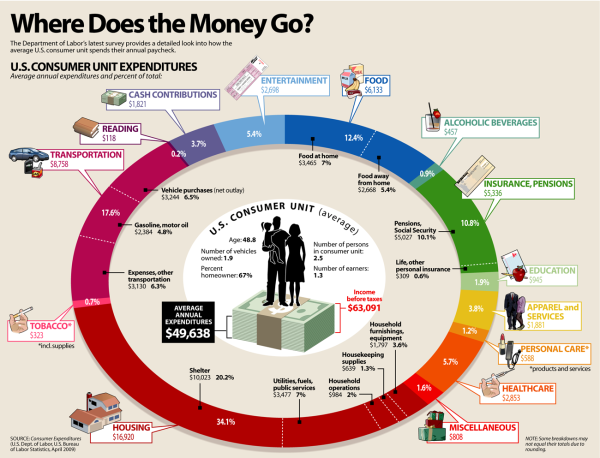What 770,000 Tubes of Saliva Reveal About America
Yep, it's a Map of America’s Diversity using the genetic data from the analysis of saliva samples. Ancestry.com gathed the data from 770,000 salva samples.
This unique map shows this country’s great migrations, the echoes of our pioneer ancestors in our genes today.
Each color on the map represents a present-day community of individuals tied together through their genetics. And the location of the dots show where each community’s ancestors lived over generations.
People moved east to west, less so north to south. See how the differently colored clusters form distinct horizontal bands? The red, blue, purple, and green dots fan out from right to left. This pattern means DNA confirms the descendants of immigrants to the East Coast moved westward.
While people certainly moved back and forth from the north to south as well, if people had moved in the same volume from north to south, you’d see the bands fanning downward and not just from east to west.
But instead you can see powerful forces pushed people westward, even showing that the Mason-Dixon line separates some of the clusters.
Catherine Ball, chief scientific officer at Ancestry and the leader of the study, commented to Wired: “I have to admit I was surprised by that. This political boundary had the same effect as what you’d expect from a huge desert or mountain range.”
And not only can you clearly see the migration patterns westward, you can also see distinct communities of immigrants and their descendants.
Maps were generated with the maps R package using data from the Natural Earth Project (1:50 m world map, version 2.0). These data are made available in the public domain (Creative Commons CC0).
Also from the original study:









 Randy
Randy